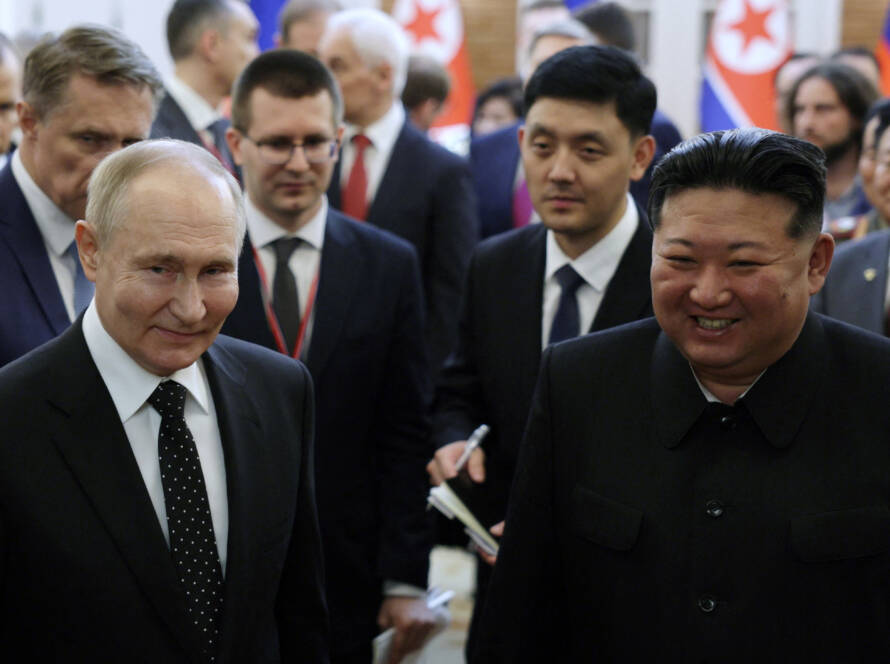Harindra B Dassanayake
On Saturday, that is tomorrow, Sri Lanka will vote to elect a president amid its first ever sovereign debt default as an independent nation. This election ends the four-year absence of any form of national or subnational election since 2020.
During this period, the country experienced many extreme events such as the covid-19 pandemic-led lockdowns, rise of a popular and insular leader and his ousting following mass protests, strict fiscal consolidation policies resulting in significant reductions in public spending, and an unprecedented spike of poverty and inequality.
All of these are likely to influence the electoral decisions of 17 million voters, 80 percent of whom are expected to be casting their vote.
This short piece contextualizes this election against two key drivers of voter behavior: the IMF-led austerity measures that are known for their polarizing effects and political costs, and the relevance of ethno-electoral blocs in determining outcomes of presidential elections.
Austerity Measures and rise of populism
Studies that have looked at electoral data in other countries, especially in Europe, have shown a causal link between fiscal consolidation measures adopted by governments to avoid sovereign debt defaults and rising polarization, paving the way for alternative political forces to gain popularity and impact policy making.
In Europe, for instance, since the Great Recession and the European Sovereign Debt Crisis, anti-establishment and EU-skeptic parties have gained substantial support, leading to increased partisan conflict and more fragmented parliaments, making it more difficult for stable majorities to govern effectively.
This political polarization has, in turn, led to significant economic consequences, as it raises policy uncertainty and hampers economic growth.
Notably, the rise of these parties coincided with large-scale fiscal consolidation measures, which aimed to reduce public debt but faced strong opposition, fueling anti-austerity and populist movements.
Sri Lanka is currently undergoing its 17th IMF-led restructuring program. Historically, since 1990, the implementation of an IMF program in the country has often been followed by regime changes within a few years.
This pattern was observed in the early 1990s, the 2000s, and following 2015. Given that the present election has brought fiscal policy and austerity measures to the forefront of the electoral discourse, the potential opposition to the leadership under which those reforms are implemented is evident.
However, all major forces are seen to endorse IMF-led reforms rather than speak strictly against IMF-led austerity. This shift is significant as the discourse marks a ‘liberal consensus’ on policy, as all political forces try to appeal to the ‘center’.
A future government’s policy options will be determined by their promise to maintain a centrist policy approach in line with the IMF agenda while trying to appease the aspirational votes that have been gained by promises of higher public expenditure.
These two factors pull in opposite directions, exacerbating available policy options, and with fragmented political parties and parliaments, these concerns will raise issues of policy continuity.
Relevance of Ethno-Electoral Blocs
Sri Lanka’s 17 million voters belong to various ethno-religious groups. Historically, ethnic minorities have not always voted en-bloc to presidential candidates. Sri Lanka’s presidential system is a controversial power arrangement that centralizes executive power and makes power-sharing weak and nearly meaningless.
Despite the fact that it promotes such a winner-takes-it-all power arrangement often hampering the aspirations of, especially the people of North and East for self-governance, they have often used their vote at the presidential election to get a desired electoral outcome, by increasingly voting en-bloc.
In 2005, under the influence of the LTTE, voters in the North and East boycotted the presidential election, thereby indirectly supporting one candidate.
Following the end of the civil war in 2009, Tamil and Muslim voters seem to have gravitated towards one camp, influencing the electoral outcome at the presidential election. For the people of North and East, the presidential election is the only electoral lever available to influence the national political space.
This has made the presidential system, despite its polarizing effects, desired by ethnic minorities as a way of ensuring that their voice is heard in national politics. The election of President Maithripala Sirisena in 2015 marked a classic case in point where, the en-bloc support of nearly 80% in the North and the East voters ensured his victory.
However, since 2015, the Sinhala collective consciousness seems to be organizing in a way that their votes which form 74% of the total alone can decide who becomes the president in Sri Lanka.
The only two elections held since 2015, the local government election of 2018 and the presidential election in 2019 showed how the North and East and other minority-heavy areas voted in complete contrast to the Sinhala-majority areas.
Would this pattern be continued in this election too? And if so, would the ethnic minorities increasingly feel unable to influence the national political space? Would this potentially provide fertile grounds for separatist ideas, which some external forces try to manipulate?
Sri Lanka approaches a critical presidential election in a context of increased appeal to populism with the Sinhala majority asserting greater electoral influence. If these trends continue, Sri Lanka may face further political fragmentation, with significant implications for both national unity and policy stability in the coming years.
Harindra B Dassanayake is a policy analyst and a founder member of Murgala | Centre for Progressive Politics and Policy.
Factum is an Asia-Pacific-focused think tank on International Relations, Tech Cooperation, and Strategic Communications accessible via www.factum.lk.
The views expressed here are the author’s own and do not necessarily reflect the organization’s.


